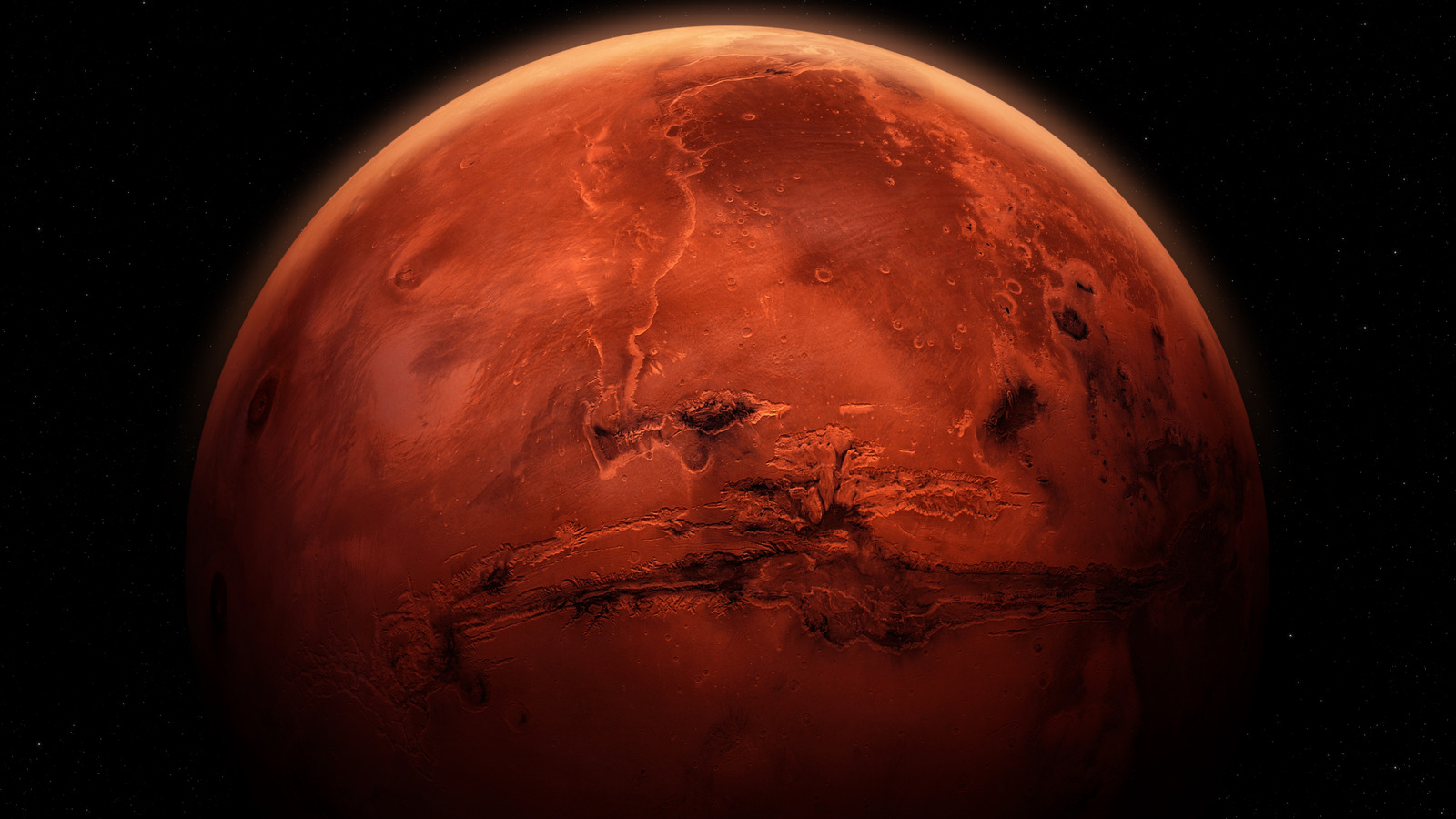Life on Mars sounds like something from a “Doctor Who” episode. But a study published in the International Journal of Astrobiology challenges the science fiction notion of that idea. The research points out that Mars’ atmosphere is thin and the planet lacks a magnetic field, therefore, it is constantly bombarded with powerful radiation from space, specifically, galactic cosmic rays.
These high-energy particles come from outside of our solar system and are typically considered destructive as they can damage DNA and harm living cells. However, the publication’s research suggests that under the right conditions, this same radiation might help life survive instead of destroying it.
Already, Earth hosts a microbe that survives entirely on radiation. Deep in a South African gold mine, scientists discovered an organism that powers its metabolism using radiation-driven chemistry, without any sunlight at all. The research raises the question of whether similar life could be hiding beneath the surface of Mars, where cosmic rays interact with rock and ice in a way that could support life.
How cosmic rays might support life on Mars
When cosmic rays hit rocks or ice, they set off a chain reaction called radiolysis. This process splits water and other molecules into smaller parts, creating energy-rich compounds like hydrogen and oxidants. These are the kinds of chemicals that simple microbes could use as food.
The study introduces a new idea referred to as the radiolytic habitable zone (RHZ). These are regions below the surface where cosmic ray–driven reactions might provide enough energy to support microbial life. Using simulations, the researchers estimated how deep this zone might go on Mars, as well as Jupiter’s moon Europa and Saturn’s moon Enceladus. The theory is that these RHZs could support simple, radiation-powered life forms in areas that are protected from the harsh surface conditions.
However, this idea is still theoretical, so we are not setting up a base on Mars just yet. Researchers acknowledge that the models don’t account for how temperature variations might affect underground chemistry, or what kinds of organic molecules can actually form there. Of course, because Earth doesn’t get much cosmic ray radiation due to its protective atmosphere and magnetic field, there are no real-world examples of life evolving under these conditions.
Where we might be able to live on Mars
If the researchers’ theory is right and life powered by cosmic rays does exist on Mars, there are a couple of promising places to look. These are beneath Mars’ polar ice caps. The north pole is called Planum Boreum and the south pole is called Planum Australe. These massive ice caps on Mars are mostly made of water ice and a seasonal layer of carbon dioxide ice, also known as dry ice. They offer a unique environment where life might be shielded from the surface radiation while still getting enough cosmic ray exposure underground to fuel radiolytic chemistry.
So far, no mission to Mars has explored these polar regions directly. However, future missions are in progress. The European Space Agency’s ExoMars mission is set to launch in 2028, and NASA’s Mars Life Explorer is planned for the 2030s. These will include drills capable of reaching about six feet below the surface, theoretically deep enough to reach the RHZ and test for possible signs of life.
These two future missions, if successful, will be critical in discovering if the theory in the International Journal of Astrobiology has merit. While the idea is intriguing, there is still a long way to go before humans could potentially have their own settlements in other regions of our solar system.











